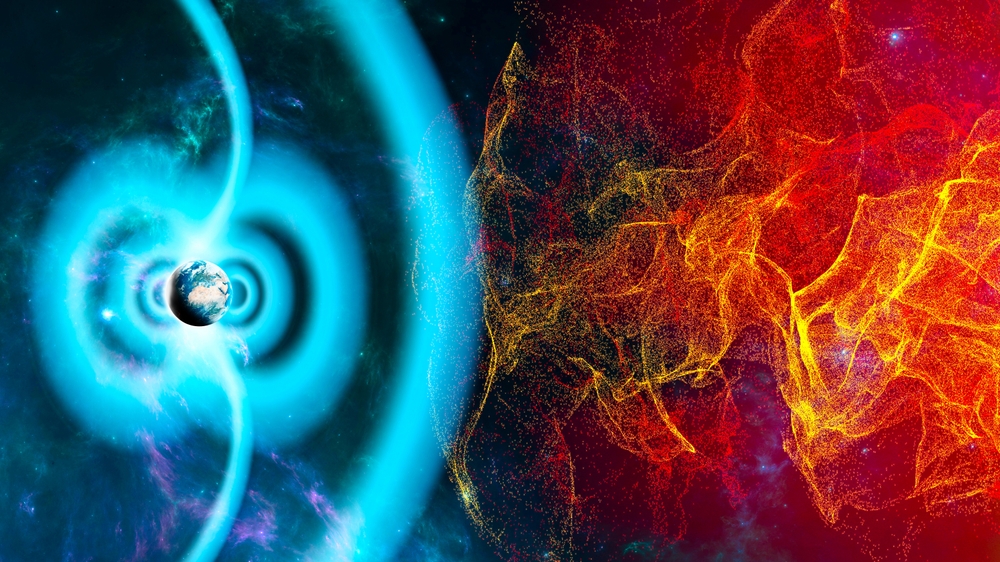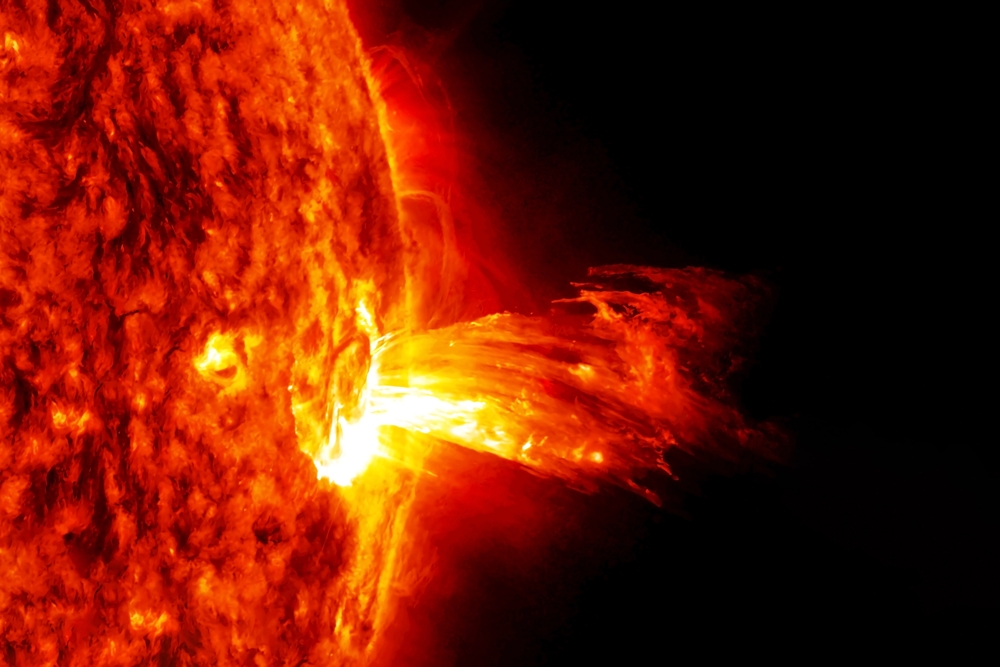Now Reading: How Astronauts Safely Navigate the Hazardous Van Allen Radiation Belts
-
01
How Astronauts Safely Navigate the Hazardous Van Allen Radiation Belts
How Astronauts Safely Navigate the Hazardous Van Allen Radiation Belts

Fast Summary
- Discovery of the Van Allen Belts: In 1958, physicist James Van Allen identified radiation belts encircling Earth while analyzing unexpected readings from a cosmic-ray detector aboard explorer 1. These belts comprise zones of intense charged particle radiation and were named in his honor.
- Nature of the Radiation Belts: The belts are composed of two “donut-shaped” layers:
– Outer belt particles primarily originate from solar wind and are trapped by Earth’s magnetic field.
– Inner belt particles form due to nuclear collisions when cosmic rays interact with Earth’s atmosphere.
- Challenges for Space Travel: Astronauts passing through these radiation belts during missions, including Apollo flights, must carefully plan routes that limit exposure to minimize health risks.
- Satellite issues: Satellites in certain risky orbits face faster deterioration due to radiation exposure, increasing debris and replacement needs. Low Earth orbit satellites also have shorter lifespans due to environmental factors.
- Connection with Solar Weather: Solar storms-besides the Van Allen belts-pose additional hazards for space travel and satellite operations.
Indian Opinion Analysis
The discovery and study of the Van Allen belts underscore critical challenges posed by space radiation-affecting both human space exploration goals and growing satellite infrastructure. For India’s expanding ambitions in space programs (e.g.,Gaganyaan mission) as well as its burgeoning satellite industry,understanding phenomena like these is vital for strategic planning and safety measures. Collaborating with global scientific institutions on forecasting space weather hazards could mitigate risks and enhance operations. As India’s footprint grows in outer space research and communication technology development, prioritizing robust designs for spacecraft capable of enduring extreme conditions remains essential for long-term sustainability while ensuring competitiveness in the field.Read More
























